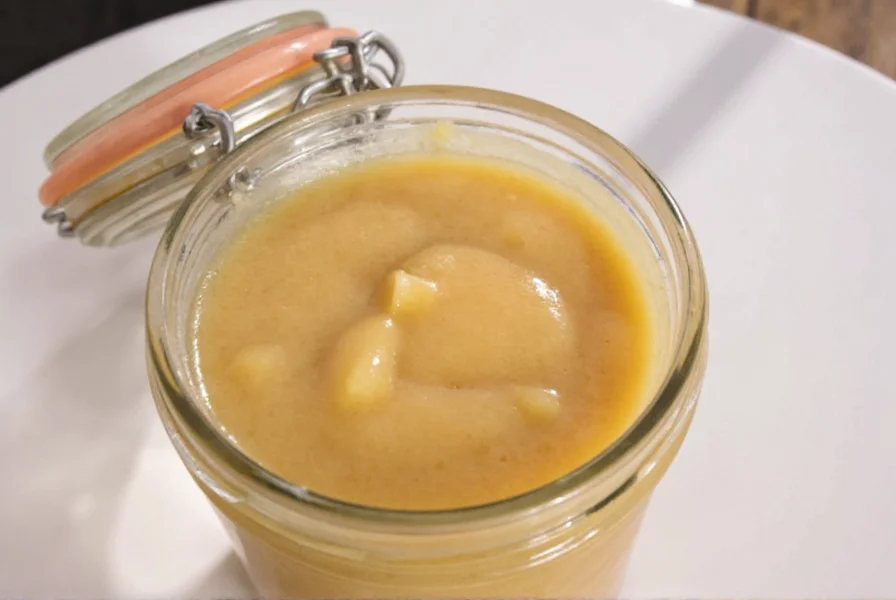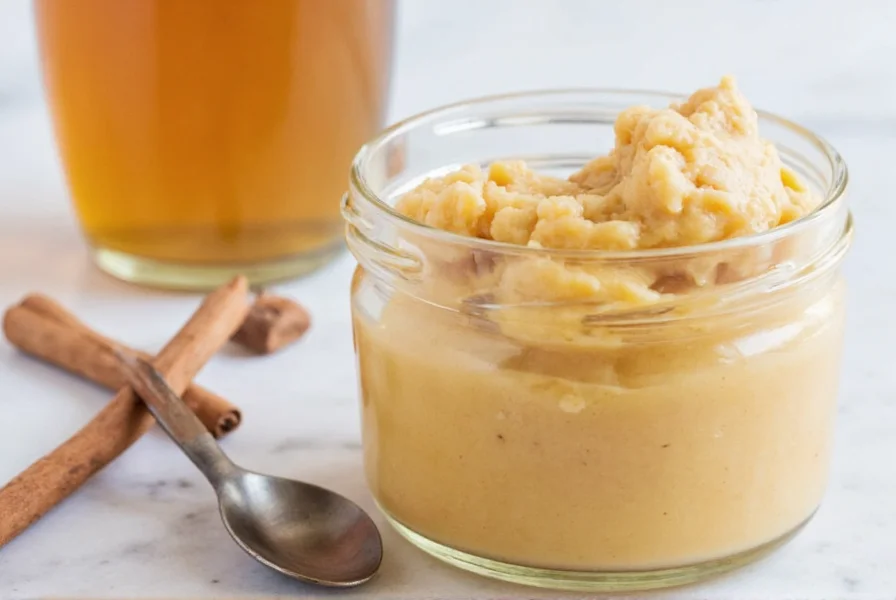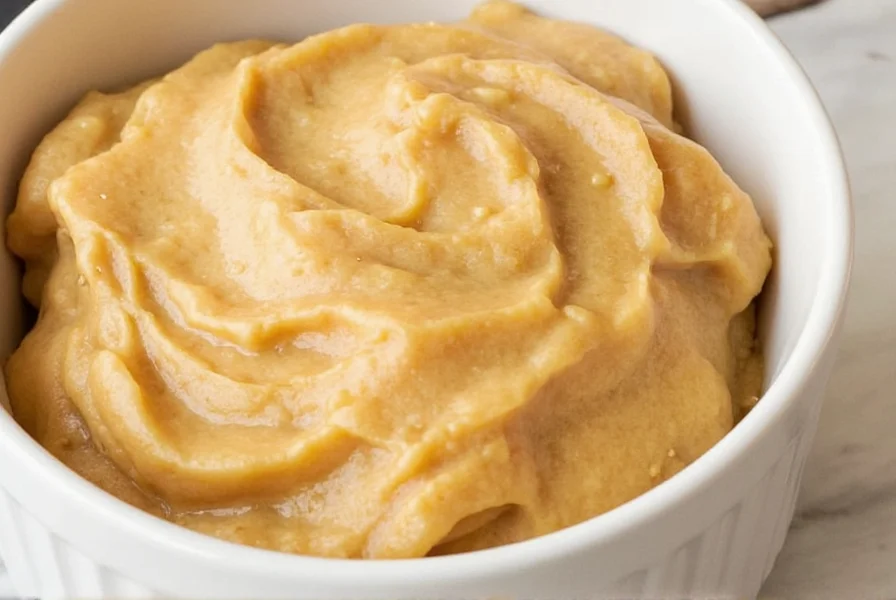Honey cinnamon butter transforms ordinary breakfast items into special treats with minimal effort. Unlike store-bought alternatives that often contain preservatives and artificial flavors, homemade versions let you control ingredient quality and sweetness levels. This versatile spread works equally well as a breakfast accompaniment or dessert topping, making it a valuable addition to any kitchen repertoire.
What Makes Honey Cinnamon Butter Special
The magic of honey cinnamon butter lies in its perfect balance of sweet and spicy notes. Real butter provides a rich base that carries the warm cinnamon flavor, while quality honey adds natural sweetness with subtle floral notes. When properly prepared, the mixture maintains a spreadable consistency at room temperature while delivering an aromatic experience that enhances rather than overwhelms your food.
Basic Honey Cinnamon Butter Recipe
Creating this simple spread requires just three core ingredients and basic kitchen tools. The following recipe yields enough for a family breakfast serving 4-6 people:

Ingredients
- 1 cup (2 sticks) unsalted butter, softened to room temperature
- 3 tablespoons pure honey (adjust to taste)
- 1½ teaspoons ground cinnamon
- Pinch of salt (optional, enhances flavor)
Step-by-Step Instructions
- Place softened butter in a medium mixing bowl
- Add honey and begin mixing with a hand mixer or wooden spoon
- Incorporate cinnamon and salt (if using)
- Mix until completely smooth and uniform in color
- Taste and adjust honey or cinnamon as needed
- Transfer to an airtight container for storage
Popular Variations to Try
Once you've mastered the basic recipe, these variations can keep your honey cinnamon butter exciting:
| Variation Name | Additional Ingredients | Best Paired With |
|---|---|---|
| Vanilla Honey Butter | 1 teaspoon vanilla extract | Pancakes, French toast |
| Spiced Maple Butter | Replace honey with pure maple syrup, add ¼ teaspoon nutmeg | Waffles, sweet potatoes |
| Lemon Zest Butter | 1 tablespoon fresh lemon zest | Scones, muffins |
| Whipped Honey Butter | Double butter quantity, whip with 2 tablespoons milk | Biscuits, cornbread |
Best Uses for Honey Cinnamon Butter
This versatile spread shines in numerous applications beyond basic toast. Professional chefs and home cooks alike appreciate how honey cinnamon butter elevates simple dishes:
- Breakfast enhancement: Spread on warm toast, pancakes, or waffles just before serving
- Baking ingredient: Use in place of regular butter in muffin or quick bread recipes
- Dessert topping: Melt over fresh fruit, ice cream, or bread pudding
- Savory applications: Pair with roasted carrots, sweet potatoes, or butternut squash
- Quick glaze: Melt and brush over baked goods for shine and flavor
Storage Guidelines for Maximum Freshness
Proper storage ensures your homemade honey cinnamon butter maintains optimal flavor and texture. Unlike commercial spreads with preservatives, fresh preparations require careful handling:
Store in an airtight container in the refrigerator for up to two weeks. For longer preservation, freeze in ice cube trays then transfer frozen portions to freezer bags for up to three months. Always use clean utensils when handling to prevent contamination. Allow refrigerated butter to sit at room temperature for 15-20 minutes before spreading for best results.

Troubleshooting Common Issues
Even simple recipes can present challenges. Here's how to address frequent honey cinnamon butter concerns:
- Too runny: Your butter was likely too warm. Chill mixture for 10 minutes then remix
- Grainy texture: Honey may have crystallized. Gently warm mixture over low heat while stirring
- Overpowering cinnamon: Balance with additional honey or butter
- Separation: Mixture wasn't emulsified properly. Continue mixing until fully combined
Frequently Asked Questions
Can I use salted butter for honey cinnamon butter?
Yes, you can use salted butter, but reduce or eliminate additional salt in the recipe. Most chefs recommend unsalted butter for better control of flavor balance, especially since salt content varies between brands.
How long does homemade honey cinnamon butter last?
Properly stored in an airtight container in the refrigerator, honey cinnamon butter maintains freshness for 10-14 days. For extended storage, freeze portions for up to 3 months. Always check for off smells or discoloration before use.
Why does my honey cinnamon butter separate?
Separation typically occurs when ingredients aren't properly emulsified or when temperature fluctuations happen. Ensure butter is softened but not melted, mix thoroughly until uniform, and avoid extreme temperature changes during storage. If separation occurs, remixing usually resolves the issue.
Can I make honey cinnamon butter without a mixer?
Absolutely. While an electric mixer creates the smoothest texture, you can achieve excellent results with a sturdy spoon or spatula. Ensure your butter is very soft (almost spreadable), then vigorously mix ingredients until fully incorporated and uniform in color.
What's the best honey for cinnamon butter?
Mild floral honeys like orange blossom or clover work well for balanced flavor. Avoid strongly flavored varieties like buckwheat that might overpower the cinnamon. Raw, unfiltered honey provides the most complex flavor profile, but standard liquid honey works perfectly for everyday use.











 浙公网安备
33010002000092号
浙公网安备
33010002000092号 浙B2-20120091-4
浙B2-20120091-4